Paradis Hybrid Truss With Cable Stays Bridge: Combining Strength, Sustainability, and Innovation


Sources: jeccomposites.com, royalhaskoningdhv
Want to read more like this story?
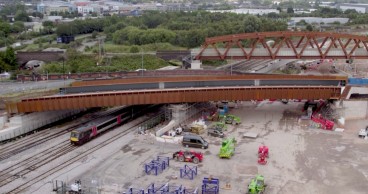
Innovative Engineering Brings Aston Church Road Bridge to Its Final Position
Aug, 16, 2024 | NewsIn a significant achievement for Birmingham's infrastructure, a new 84-metre composite bridge was s...

New research on more efficient bridges
Jun, 01, 2020 | NewsA new study reveals the high potential of reducing the materials used in suspension bridge construct...
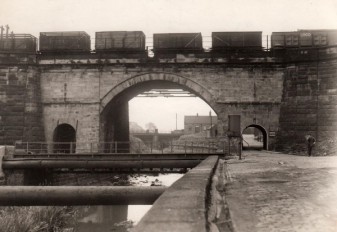
Iconic bridge in England receives repair works
Sep, 24, 2020 | NewsThe world's oldest operative railway bridge has recently undergone repair works. The fabled Skern...
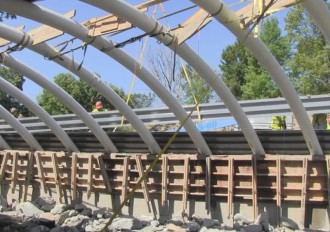
Vermont Uses ‘Bridge in a Backpack’ Technology to Speed Up Projects
Sep, 10, 2014 | NewsA new bridge project began last month in Fairfield, Vermont that uses new technology to reduce const...

Florida pedestrian bridge collapses 5 days after its installation
Mar, 21, 2018 | NewsThe bridge, which was expected to open in January 2019, was being built using a method called a...

New design to make bridge spans longer
Sep, 27, 2018 | NewsLonger bridge spans will be achieved in the future by the utilization of new bridge forms. Longer b...

A New Icon of Infrastructure is Set to Open Soon: Inside China’s Tallest Bridge
Apr, 11, 2025 | NewsIn the heart of China’s mountainous Guizhou province, a new icon of civil engineering is preparing...
World's highest railway bridge to open in J&K
Mar, 29, 2023 | NewsWith the upcoming opening of the tallest railway bridge in the world crossing the Chenab River, Jam...
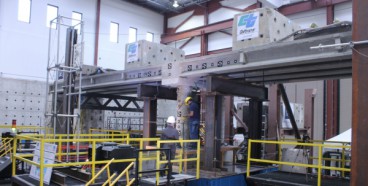
Shake test to investigate new bridge designs
Oct, 19, 2018 | NewsThe bridge shake test is an experimental procedure that determines whether a bridge can withstand a...
Trending

Taipei 101’s impressive tuned mass damper
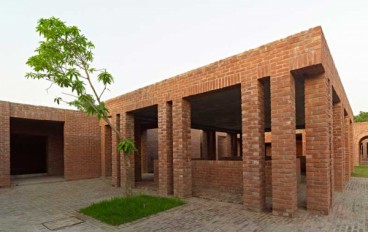
Characteristics of Load Bearing Masonry Construction

Morocco Implements Landmark Dam Perforation to Combat Water Stress in Marrakech
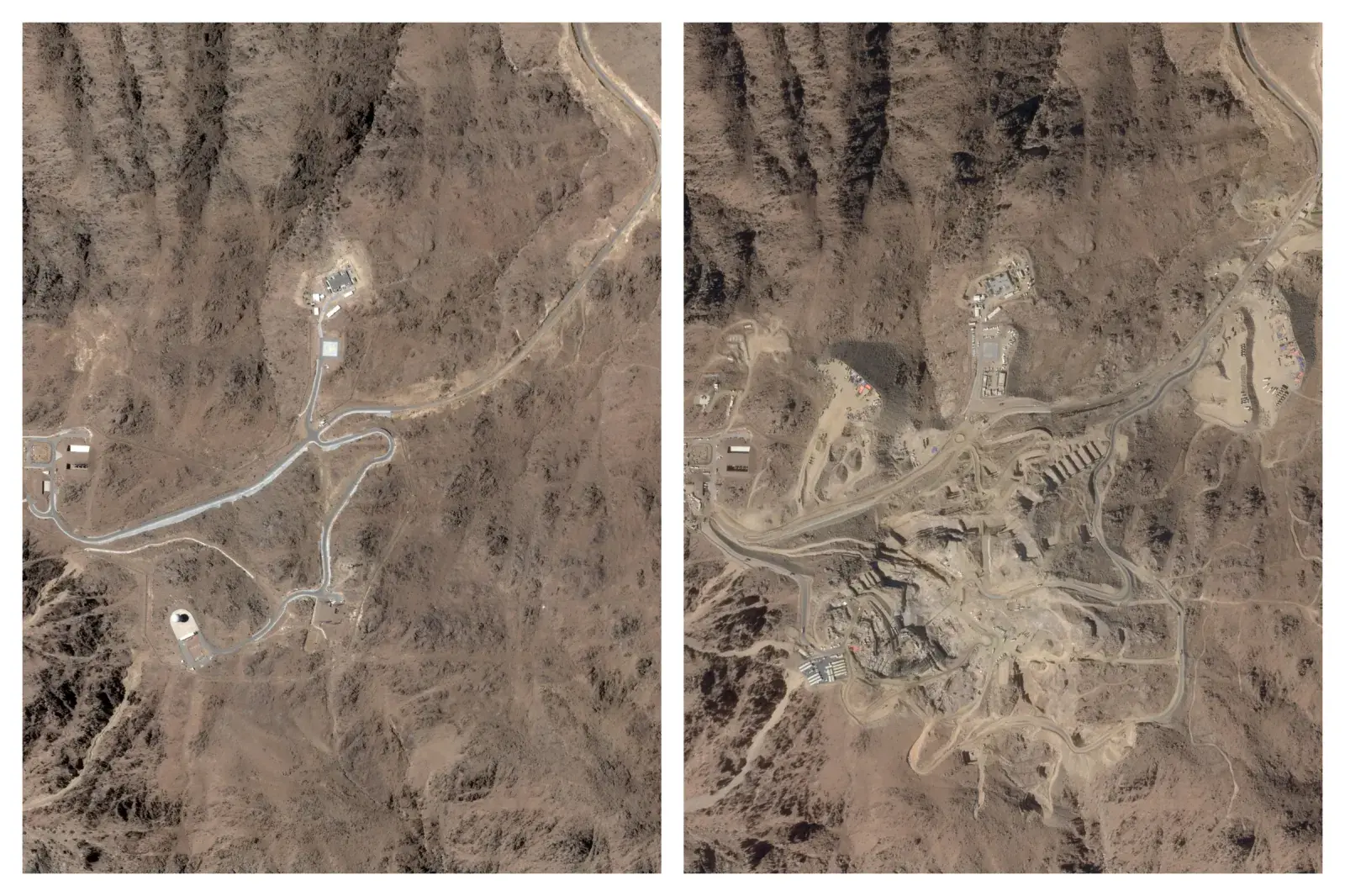
The Line at Neom faces feasibility reassessment while construction continues

Dutch greenhouses have revolutionized modern farming

Suspension bridge buckles under force of deadly super typhoon in Philippines


